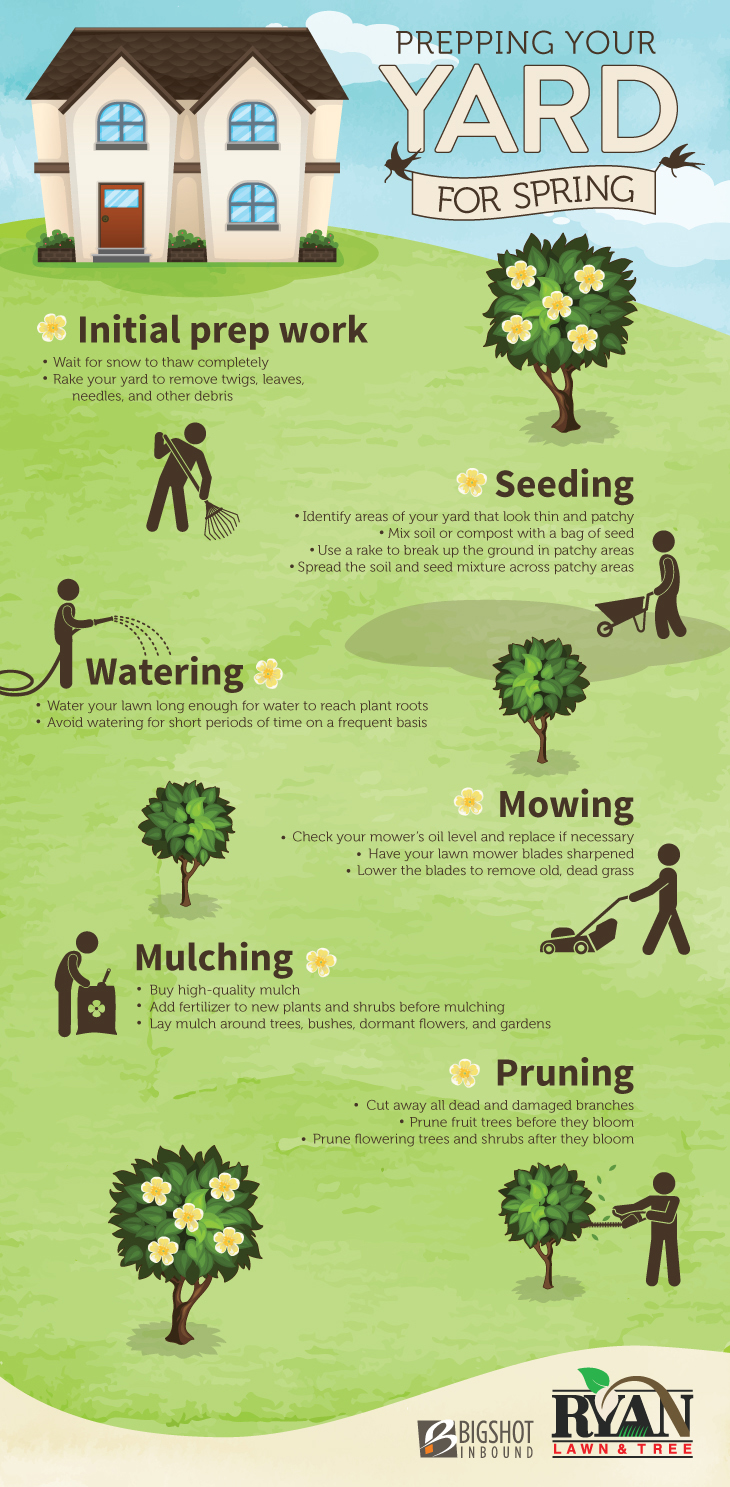Signs It's Time For Tree Elimination: How To Recognize Harmful Trees
Signs It's Time For Tree Elimination: How To Recognize Harmful Trees
Blog Article
Content Create By-Lillelund Hubbard
When it pertains to tree treatment, recognizing the indicators that it's time for elimination is necessary for your safety and security and building. You could discover blemished fallen leaves, wilting branches, or weird fungal growths suggesting health problems. Architectural issues, like a substantial lean or fractures in the trunk, can additionally present dangers. Comprehending these warning signs can assist you make educated decisions about your trees and prevent possible dangers lurking in your backyard. What should you try to find following?
Indications of Decay and Condition
When you notice indicators of decay and illness in your trees, it's essential to act promptly. Seek stained fallen leaves, wilting branches, or uncommon developments like fungi. These can show that your tree is struggling.
If you see cracks in the bark or soft, mushy timber, these symptoms suggest interior decay. Furthermore, Pruning Bradford Pear Trees in pests around your tree can signify that it's compromised and susceptible.
Look for any dead or dying arm or legs, as they pose a danger to your home and safety. If you're uncertain concerning what you see, seeking advice from an arborist can supply clarity.
Dealing with these signs early can conserve you from more comprehensive damages and make certain the health of your lawn. Do not wait until Highly recommended Reading 's far too late.
Structural Instability and Leaning
As you observe your trees, watch out for any kind of indicators of structural instability or leaning. If a tree leans significantly, it may indicate that the origin system is compromised.
Look for any type of fractures in the trunk or dirt around the base; these can signal possible failure. Additionally, look for unusual growth patterns, like a lopsided crown, which may recommend that the tree is battling to hold itself upright.
If you see that the tree favors your home, power lines, or other frameworks, it postures a higher danger. Do not disregard these signs-- seek advice from an arborist to examine the situation.
Taking action early can stop costly damages and guarantee your safety and security.
Dead or Dying Branches and Foliage
If you notice dead or dying branches and foliage on your tree, it's a clear indication that something's wrong.
These undesirable locations can suggest underlying issues like disease, bug infestations, or ecological anxiety. When branches lose their fallen leaves or turn brown, they're no longer adding to the tree's wellness. Overlooking these signs might lead to more decrease, making your tree a lot more hazardous.
Dead branches can easily break off throughout tornados, posturing a threat to home and individuals close by. It's vital to assess the level of the damage.
If the issue affects a considerable part of the tree, think about seeking advice from an expert. They can help establish if elimination is essential to guarantee security and preserve the appeal of your landscape.
Conclusion
If you notice any indications of decay, structural instability, or dead branches on your trees, don't ignore them. These signs can posture severe security dangers to you and your residential or commercial property. It's constantly best to speak with a specialist arborist who can give a specialist analysis of your trees. Acting early can protect against mishaps and expensive damage, guaranteeing your landscape remains safe and healthy. Remember, it's much better to be aggressive regarding tree treatment than to wait for a calamity to take place.
